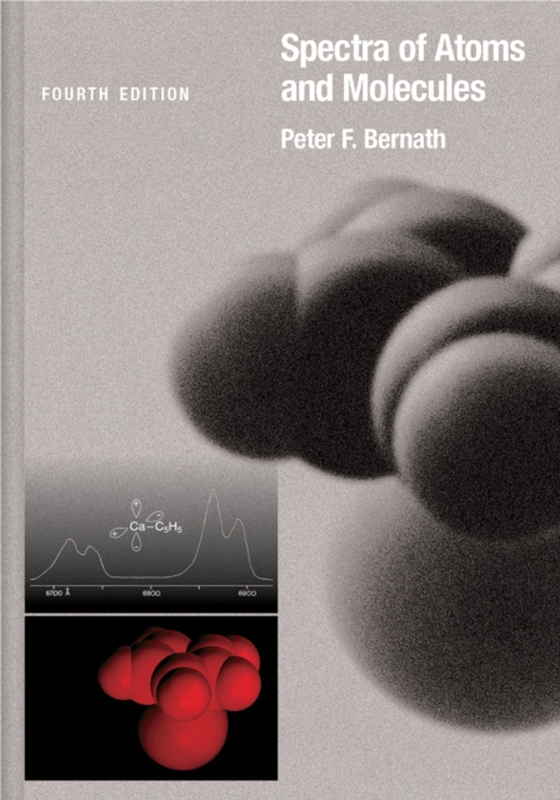
Spectra of Atoms and Molecules e-bog
911,46 DKK
(ekskl. moms 729,17 DKK)
This fourth edition of Peter Bernath's successful Spectra of Atoms and Molecules is designed to provide advanced undergraduate and graduate students a working knowledge of the vast field of spectroscopy. Also of interest to chemists, physicists, astronomers, atmospheric scientists, and engineers, this volume emphasizes the fundamental principles of spectroscopy with the primary goal of teaching...
E-bog
911,46 DKK
Forlag
Oxford University Press
Udgivet
20 april 2020
Længde
488 sider
Genrer
Atomic and molecular physics
Sprog
English
Format
epub
Beskyttelse
LCP
ISBN
9780190095420
This fourth edition of Peter Bernath's successful Spectra of Atoms and Molecules is designed to provide advanced undergraduate and graduate students a working knowledge of the vast field of spectroscopy. Also of interest to chemists, physicists, astronomers, atmospheric scientists, and engineers, this volume emphasizes the fundamental principles of spectroscopy with the primary goal of teaching the interpretation of spectra. Features include a presentation of group theory as needed to understand spectroscopy, detailed worked examples and a large number of excellent problems at the end of each chapter. Bernath provides a large number of diagrams and spectra which have been specifically recorded for this book. Molecular symmetry, matrix representation of groups, quantum mechanics, and group theory are among the topics covered; atomic, rotational, vibrational, electronic and Raman spectra are analyzed as well. Bernath's treatment clears the confusing topic of line strengths as needed for quantitative applications. Responding to student requests, the fourth addition features detailed and worked examples in each chapter. This book has also been updated to include the 2018 CODATA revision of physical constants and a large number of corrections and clarifications. New chapters on atmospheric and astronomical spectroscopy have been added. Spectra of Atoms and Molecules demystifies spectroscopy by showing readers the intermediate steps in a derivation, as well as the final result.
 Dansk
Dansk

